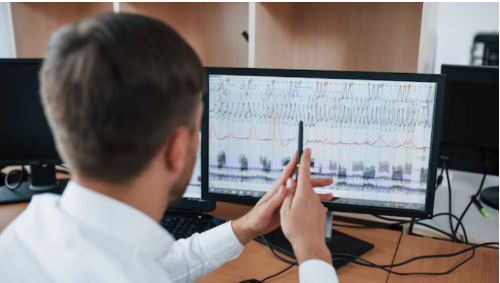Adequate preparation is critical to the success of lie detector tests. While the most projected polygraph image is that of an examiner examining a defendant in a confined room, the true picture tells of an intricate process that requires in-depth planning and follow-up interviews.
As a polygraph examinee, it’s important to prepare psychologically for the test to minimize the chances of false positives and false negatives. Part of the preparation entails giving your unequivocal consent to the exam, adjusting your diet ahead of the test, and anticipating the polygraph questions.
If you’ve been implicated in a crime or shortlisted for a job interview and you’ll be required to undergo a polygraph test, this blog is for you.
Read below as we unpack a step-by-step guide on preparing (and taking) a lie detector test.
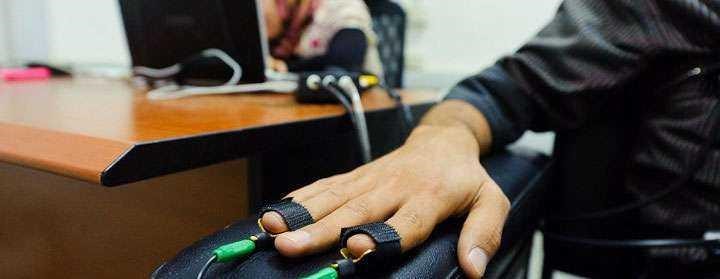
Phase-1: Pre-Test Interviews
Undergoing pre-test interviews is an essential step in planning a successful polygraph test. The interviews lay the ground for all subsequent activities, allowing you and the examiner to prepare adequately for the forthcoming test.
Note that your polygraph examiner may schedule lie detector pre-tests several weeks or a few hours before the actual polygraph exam. Besides, they might choose to administer a single interview or several of them.
Pre-tests enable a polygraph examiner to collect essential background information about you. Usually, you’ll be questioned on your personal history, professional background, and role in the matter being investigated.
Each response (both verbal and non-verbal) is properly documented. This allows the examiner to establish your physiological baselines.
Pre-tests also help establish a rapport with the examiner. Having prior engagements with the polygrapher can ease lie detector anxieties, improving the accuracy of the results during the actual test.
Moreover, it’s during preliminary interviews that a polygrapher will inform you of plans to have you undergo an actual polygraph exam. You must submit fully to the in-test for the results to be valid and legally admissible.
Once you consent to taking an actual polygraph test, a professional examiner will outline various measures on how to prepare for the exam. Those include:
- Getting plenty of rest/sleep days before the test
- Eating a normal diet to keep your blood sugar levels optimal
- Drinking plenty of fluids
- Wearing comfortable clothing
- Taking any prescription meds as required
- Verifying your fluency in the selected language
- Avoiding countermeasures, such as using anti-anxiety drugs
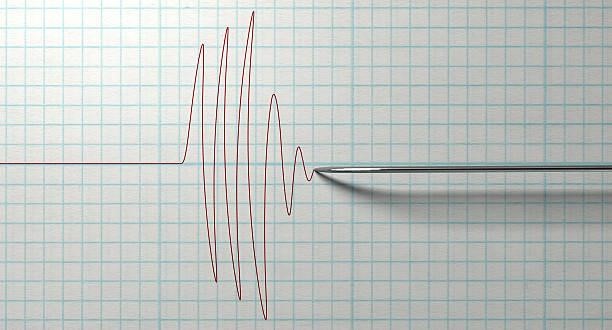
Phase-2: Actual Test
Also known as the in-test phase, this step involves undertaking the actual polygraph exam.
On the test day, an examiner will set up the polygraph equipment and invite you into the room.
Thereafter, electrodes with sensors will be attached to your body to measure various physiological responses to each query. Commonly measured metrics include changes in blood pressure, heart rate, breathing patterns, and perspiration.
Next comes the interrogation part.
To improve the accuracy of a polygraph test, the examiner must ask each question clearly and multiple times. It’s also prudent to keep the questions brief and precise.
Like in the pre-test phase, the first questions will border on your personal life and professional engagements. In the case of criminal defense testing, the next round of questions will pertain to the case at hand. The primary focus here is establishing your knowledge of and involvement in the case.
Lastly, the examiner will ask medical and psychological questions. This helps to establish the presence of predispositions that could lead to false positives or false negatives.
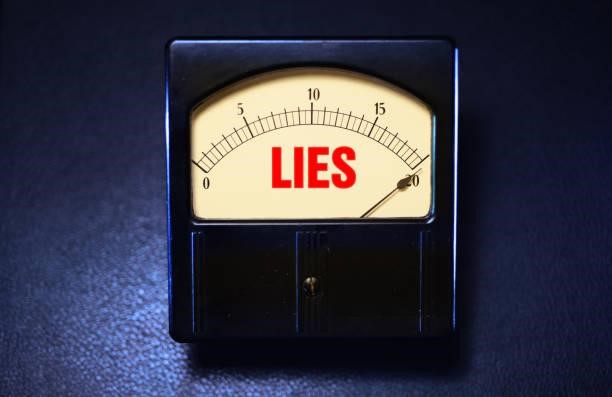
Phase-3: Post Test
Lie detector tests don’t end at the interrogation room. After the in-test phase is concluded, an examiner will subject you to the final process designed to assess their honesty further.
First, the polygrapher will analyze the in-test responses and prepare a preliminary report on your credibility score. This entails reviewing all psychological abnormalities against pre-recorded baselines.
The examiner will then confront you with their preliminary findings.
By sharing crucial feedback with you, the polygrapher isn’t trying to accuse you of any wrongdoing. Instead, they’re presenting you with an opportunity to explain your responses. Each explanation is recorded in a different form or chart.
Finally, your polygraph examiner will share the three reports (pre-test, in-test, and post-test) with other concerned parties, including criminal investigators and prosecutors. It’s prudent to be properly notified on whoever else will have access to your polygraph report and the implications thereof.
In specific scenarios, a polygraph examiner may recommend that you seek counseling or medical attention, or that follow-up investigations be undertaken.
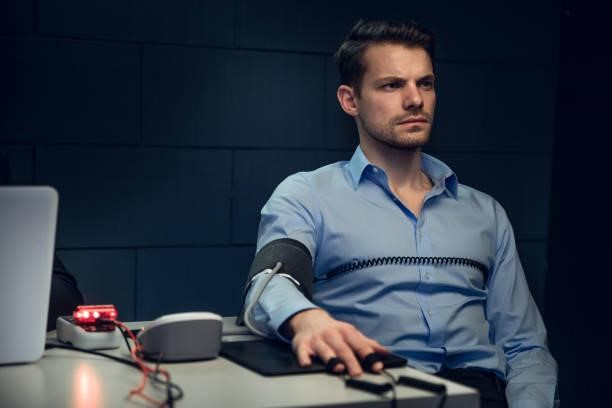
Ace Your Maiden Polygraph Test Like A Pro!
Polygraph exams are applicable in numerous fields, including criminal investigation, national security, and employee screening. Regardless of the intended application, the accuracy of lie detector tests is largely predicated on adequate planning and preparation.
Remember to keep an open mind while taking a polygraph exam. Approach each test with an open mind, answering all queries as truthfully as possible. If you can’t recall a detail, simply pass rather than stressing on trying to recollect it, during which time you may develop nervousness and falsify the results.


